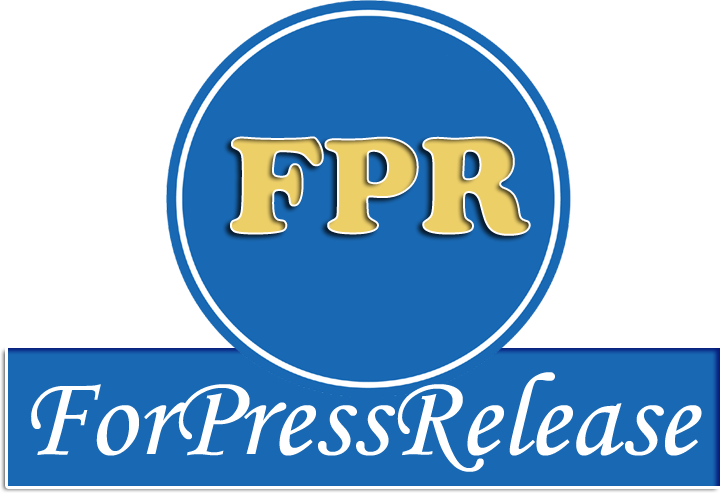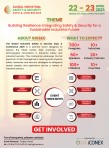- Gem and Jewellery Export Promotion Council Presents Pre-Budget Recommendations to Hon'ble Finance Minister
- Vishva Hindu Parishad announces nationwide public awakening campaign for liberation of temples from government control
- The AVTODOM Group team introduced partners to the advantages of the OMODA and JAECOO brands
- GT Scaffolding (Contractors) Ltd Expands Premier Scaffolding Services Across Surrey and Hampshire
- Tanishq Diamonds New Campaign Honours the Modern Woman’s Brilliance and Sparkle
- Innovative RMail Features for Lawyers Highlighted at The Florida Bar’s LegalFuel CLE Session
- Honda Motorcycle & Scooter India launches New 2025 Unicorn ‘Be A Wing Rider’
- CFlo World Limited Completes Restructuring to Pursue Public Market Listing in India
- Samay finally wears Spinny's T-shirt for a free car
- Briggs & Partner Ltd Expands Trusted Plant Hire Services Across West Yorkshire
- Justdial reveals Indian wedding services are witnessing a 21% nationwide surge in demand
- Panchjanya’s ‘Sagar Manthan’ 2024 Conclave showcases Goa’s governance excellence inspired by Atal Ji’s holistic values
- Kuku FM Celebrates New Year With A Massive Gift: 21,000+ New Audio Shows For Its 3 Million Paying Users
- DigitalBenz Annoyances Top-Notch SEO Services in Kolkata to Boost Local Businesses
- MMA Fight Store Launches Premium Hand Wraps for Ultimate Protection and Performance
 Mail to a Friend Mail to a Friend |
|
     |
The Southbourne Tax Group Review: Struggling middle class give less to charity
Donations by wealthy Americans surge
The divide between the rich and not-so-rich in America can be seen most glaringly in the amount of money they give (and have stopped giving) to charitable causes.
The average American household is giving far less to charity than it did a decade ago, but this hides two vastly different patterns of charitable giving. Over the past 10 years, charitable giving deductions from lower-income donors have declined significantly, at almost the same rate that charitable giving from higher income donors increased. Itemized charitable deductions from donors making less than $100,000 a year declined by 34% from 2005 to 2015, while the same deductions from donors making $100,000 or more a year increased by 40%, according to a study of tax filings by the Institute for Policy Studies, a left-wing think tank.
?The growth of inequality is mirrored in philanthropy,? Chuck Collins, report co-author said. ?As wealth concentrates in fewer hands, so does philanthropic giving and power.? As a result, charities are increasingly relying on larger donations from smaller numbers of high-income, high-wealth donors, which could lead to undue influence of funds in major charitable organizations. And they are receiving less from the vast population of donors at lower and middle-income levels. (The authors consider low and mid-range donor income as under $100,000 per year.) Overall, charitable giving increased 4% to $373.25 billion year-over-year in 2015, regardless of income level.
The number of donors giving at typical donation levels has also been steadily declining. (In terms of donations, below $10,000 is considered a low to mid-range gift, while over $10,000 is considered a high-dollar gift.) Lower and middle income donors to national public charities have declined by as much as 25% between 2005 and 2015. These are the people who have traditionally made up the vast majority of donor files and lists for most national nonprofits since their inception. This rate of decline ?correlates strongly? with overall economic indicators, such as wages, employment and homeownership rates, the study said. And more and more giving is going into warehousing vehicles like foundations and donor advised funds, instead of to charities on the ground, it added.
It?s not all doom and gloom: Giving to schools and colleges is expected to grow by 6.3% this year and 6.1% next year, according to a separate report released last year by the Indiana University Lilly Family School of Philanthropy and presented by Marts & Lundy, a fundraising and philanthropy consulting firm based in Lyndhurst, N.J. But the middle class likely had less to do with this spike too. ?This may be due in part to the increasing interest of donors, and especially wealthy donors, foundations and even corporations, in funding higher education, as well as a growing role for philanthropy in K-12 education,? the report added.
User :- Dorene Baltzell
Email :-dorenebaltze@yandex.com
Phone :---
Mobile:- -











